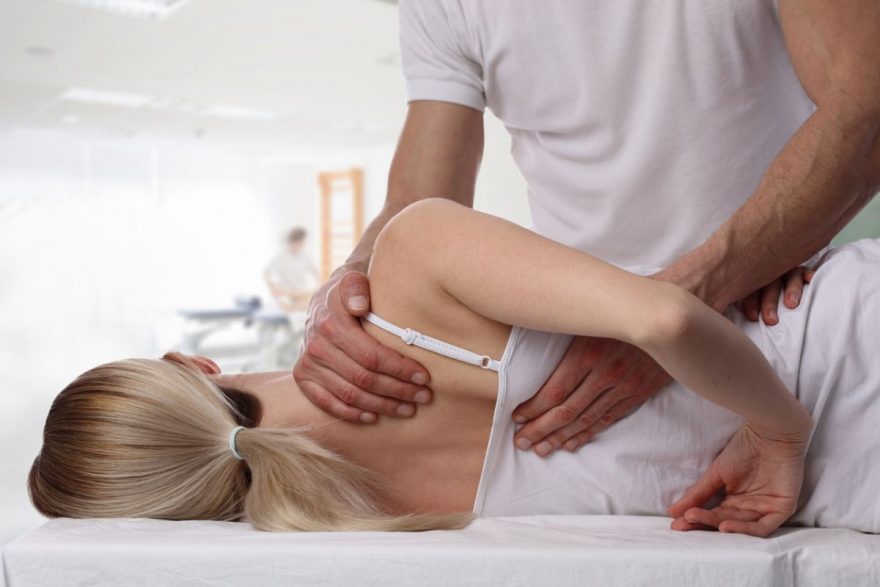The female genital organs are connected with all body systems and are mutually dependent on them. Infectious diseases and diseases of the cardiovascular, nervous, digestive, endocrine, and other techniques affect the most critical functions of the reproductive apparatus of women. Subsequently, this affects the state of the body as a whole.
Inflammatory diseases of the genital organs are detected in 60-65% of patients applying to antenatal clinics. Pathological processes in the body of women, especially gynecological diseases, often disrupt the normal position of the internal organs.
Kegel exercises
In the middle of the last century, the American gynecologist Arnold Kegel found a simple way to help women who, after childbirth, have difficulty controlling urination. He found that three simple exercises that trained the pelvic muscles, in many cases, helped greatly. These exercises are helpful in the treatment of many other diseases.
The primary purpose of Kegel exercises is to help you strengthen your pelvic floor muscles, and they can help you manage or prevent physical problems like incontinence.
Kegel exercises can also benefit sexual health and the ability to experience sexual satisfaction because they:
- relax the vaginal muscles, allowing the vagina to expand, which is essential if you feel pain or discomfort during intercourse;
- improve blood circulation in the vagina and pelvic floor muscles, which can increase sexual arousal;
- facilitate the achievement of orgasm;
- increase the production of vaginal lubrication.
About the pelvic floor muscles

The pelvic floor muscles form the pelvic cavity and support the pelvic organs (uterus, bladder, and intestines). These are the muscles you use to stop urination or hold back gas or stools (bowels). In addition, these muscles can contract (tighten) during orgasm.
If you have any problems with the muscles of the pelvic floor, then you should consult a specialist. Please note that initially, the doctor prescribes exercise therapy, which is an easier way to deal with issues. First, these are the Kegel exercises you read about above in the article. Patients should be aware that if they experience pain while doing Kegel exercises, stop immediately.
What to do if your pelvic pain and incontinence won’t stop
If you continue to have pelvic pain or incontinence problems, contact your healthcare provider to be referred to one of our pelvic health physical therapists. This specialist will be able to understand the causes of pain or problems on the pelvic floor. You can also ask for a referral if you need help or advice with vaginal dilator therapy or if you have difficulty doing Kegel exercises.
